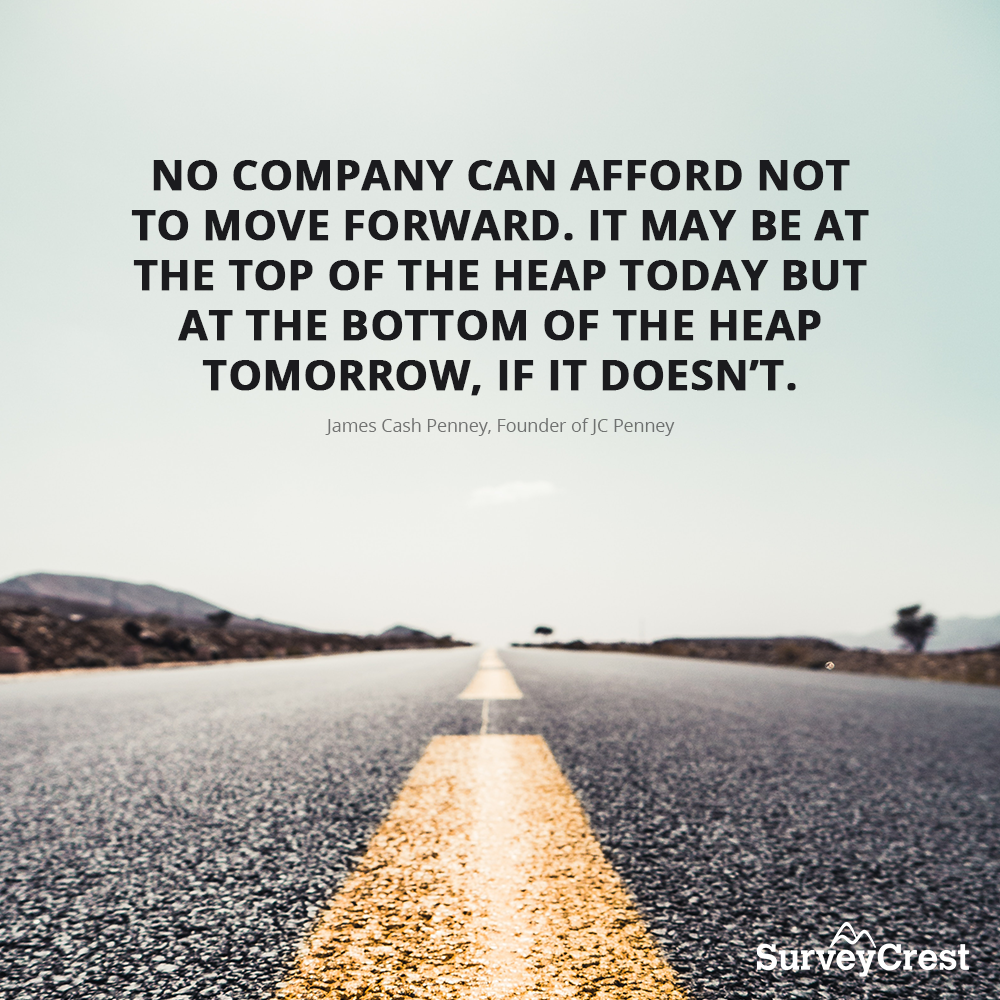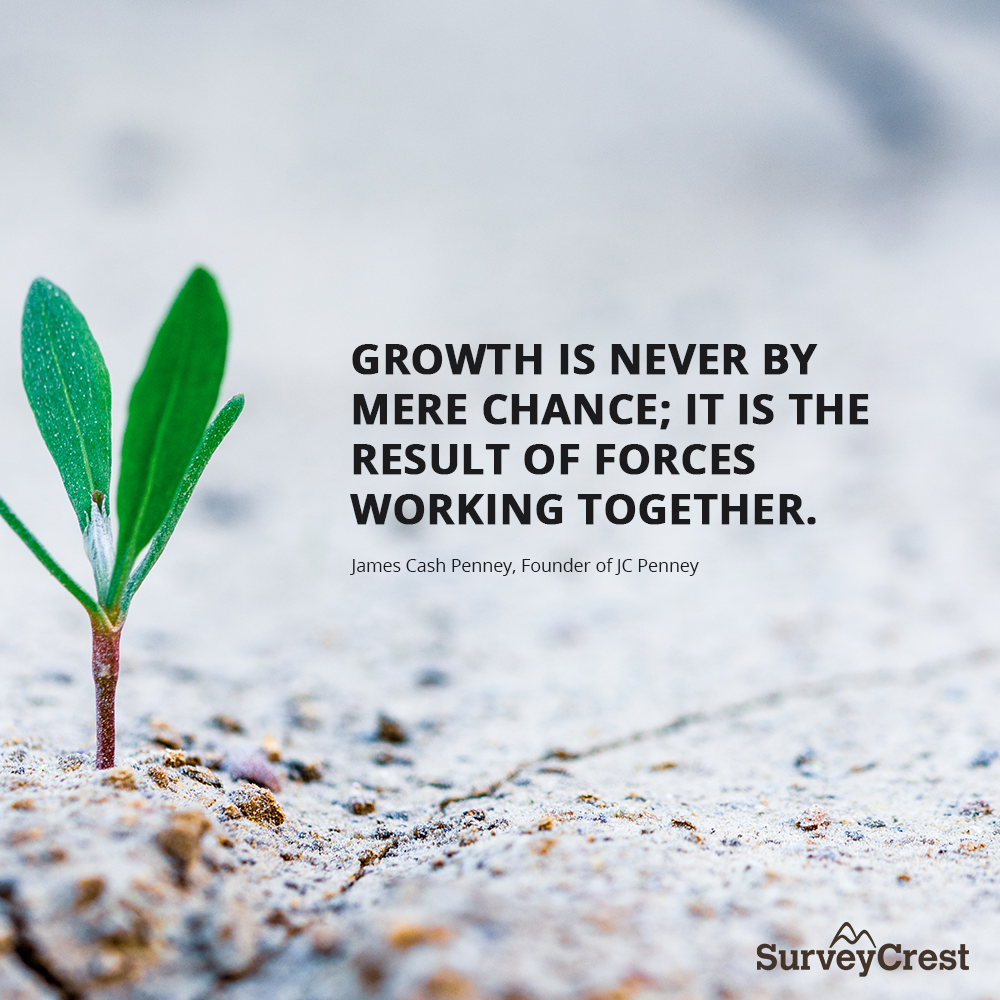
Featured Image: iStock/oatawa
According to Fundera, only a third of businesses survive for at least ten years. The thought of closing down their business is indeed a terrifying one for businessmen and entrepreneurs who work day and night to make their businesses strive in the cut-throat market. However, there are countless examples of business giants—such as Amazon — who had started from a room’s worth of an office and continued to build a multi-million dollar business in the years that followed their inception.
This is where the concept of business development comes in. With development and growth only can businesses thrive and prosper in their industry.

Image Source: Unsplash/Frederik Löwer
While business development can mean a lot of things for a lot of people, here, we aim to describe what business development is for the masses and how businesses can achieve growth in their industry.
Business coaching experts broadly classify business development goals into two types: financial business goals and non-financial business goals.
Financial business goals, as the name suggests, outline the business’s financial goals, its revenue expectation and profit goals. These are fairly easy to set as they are quantifiable in nature.
On the other hand, non-financial goals are not easily quantifiable and can range from increasing customer satisfaction to improving corporate culture, etc.
Here, we explain a few major business development goals.
As mentioned above, these are monetary goals that your business makes that are often associated with a non-monetary element for achieving this goal. For example, if you want to increase your revenue by 10% by the end of the fiscal year, the means through which you’ll be able to achieve them, such as quality service, customer satisfaction, different marketing strategy, are involved.
Performance and productivity are important matters in business development. In business development, various departments work together to achieve a common goal (more on that later). In order to increase the productivity of various departments, certain measures can be taken and a business marketing plan is needed to excel and follow productivity goals. For example, in order to increase the productivity of the SEO content marketing of the business, both the content and SEO teams can be situated in close proximity to each other in order to reduce communication barriers between them that may hinder productivity.
Gen Z, people born between the years 1996 and 2010 have gained quite the headlines in recent years. This is due to their increasing number in general (65 million in just US) and their massive spending power—approximately US $44 billion.
In order to target this growing generation, businesses have been studying their preferences and values in order to shape their poducts and services accordingly. In this regard, Gen Zers no longer base their opinions of a business on just the quality of their products, but also on their social impact, practices and ethics, according to a report on Gen Zers by Deloitte.
Therefore, in today’s business culture, it is crucial to keep in mind sustainability options and make goals to make your company improve its ethical practices.
What is a business without the support of their customers? In order to survive in the market you need to have a loyal consumer following. To increase the quality of your consumer relationship and improve your reputation among your customers is yet another important business development goal that needs proper planning and execution.
These were a few of the many goals that businesses make in order to achieve growth and development in the market.
A very popular and effective strategy for achieving business goals is to do it the SMART way. SMART is an acronym for Specific, Measurable, Achievable, Realistic and Timely and is a means of quantifying a goal to make it more achievable.
Here is a breakdown of the SMART strategy.
In order to make a business goal achievable, you need to make it specific. You need to know exactly what it is that you’re aiming for. To increase your website traffic by 50% in a period of 5 months; to improve customer feedback in 3 months, etc. are all examples of a specific goal. When making a goal, put it as much detail as possible so that you and your team know what it is that you want to attain.
This factor puts a quantifiable metric to achieve in order to form a benchmark for the business. Adding numeral values to your targets make them clear and easy to understand by everyone in your team.
This business goal tactic states that goals need to be achievable, in the sense that you are not aiming for something too big that won’t probably happen. Setting small and achievable goals can be rewarding, in the sense that when you achieve them, you and your team get the confidence boost to keep moving further.
This is similar to achievable goals. As a business you need to set realistic goals that your team can achieve and that boost the interest and confidence of your employees.
Lastly, you need to put a time stamp on your goals. Without a deadline, it will be difficult to achieve goals for your business.
Whatever your business goal may be—to expand your business in a new market or region, to increase your sales, to improve your customer service, etc.—they only come to fruition because of the synergized efforts of all the departments working within your business, such as the departments of sales and marketing, product management, project management, vendor management, etc. It is only through the aligned efforts of these departments toward a common goal that businesses flourish.
We’re quoting another one of JC Penney’s quote here,

Image Source: Unsplash/Stanislav Kondratiev
Let’s see how the various departments can help in achieving business development goals.
Sales Department: the job of the sales team is to focus on a particular set of people or target a particular market to achieve a target revenue. For example, if your sales team forecasts that expanding your business to a certain region can earn you a defined number of revenue in a defined period of time, they can form particular sales strategies based on the target market in order to achieve the set revenue.
Marketing Strategies: the marketing department goes hand in hand with the sales department as it helps in achieving the sales targets of the business. Marketing involves the advertisement and promotion of the products and services of the business in accordance with the marketing budget allocated by the business development team. For bigger budgets, personal visits, cold calling, sample distribution, road shows are included, while lower budgets involve advertising through online and social media.
Strategic Partnerships And Initiatives: in order to grow your business your business development team can weigh in the pros and cons of expanding to a region and assess whether it will be more beneficial to go solo or form partnerships with the local businesses. For example, if you are a corporate photographer in Dubai, you can partner with local businesses to trade services or collaborate on different projects.
Business Planning: When expanding to a new region, will it be beneficial for your business to import the products from your base region or establishing a facility in the target region? Such are the questions that the business planning team handles based on the time and cost allocated and creates plans in order to achieve the business goals.
Product Management: developing and launching your product or service in a new region requires careful considerations of the legal, cultural, regulatory and cost factors in the target region. There might be instances where you’ll have to alter or even change your product according to your target audience if you are to introduce your product in their region. Your in-house or outsourced product development team takes care of issues like these and creates a business strategy based on these considerations.
Vendor Management: Many businesses partner with external vendors, such as a courier service for shipping their products, as part of their business plan. Taking care of these vendors and realizing the costs associated with partnering with vendors are the jobs of the vendor management team and is an important aspect of business development strategy.
Networking And Negotiating: no business can survive without good networking. Networking and negotiations are the essence on which businesses thrive. Lobbying, networking, negotiating, etc. are the soft skills that are an important aspect in business development and are vital in gaining influence in a certain market or industry.
Cost Savings For Business Development: business development is not just about increasing sales; it is also about improving your bottom line. Cost savings is, therefore, an important element for every business which wants to survive in the market.
By assessing your internal operations you can identify the factors that need to be altered in order to cut down costs. For example, the cost of travelling can be cut down from opting to have video conference calls or switching to a cheaper means of travel.
Business development is an important concept in the growth and sustenance of any business. While business development can have various meanings, this article explained what the concept really means as accepted by the masses, the types of goals businesses have, the strategy for attaining them and the role of various departments in achieving development.
Kelvin Stiles is a tech enthusiast and works as a marketing consultant at SurveyCrest – FREE online survey software and publishing tools for academic and business use. He is also an avid blogger and a comic book fanatic.